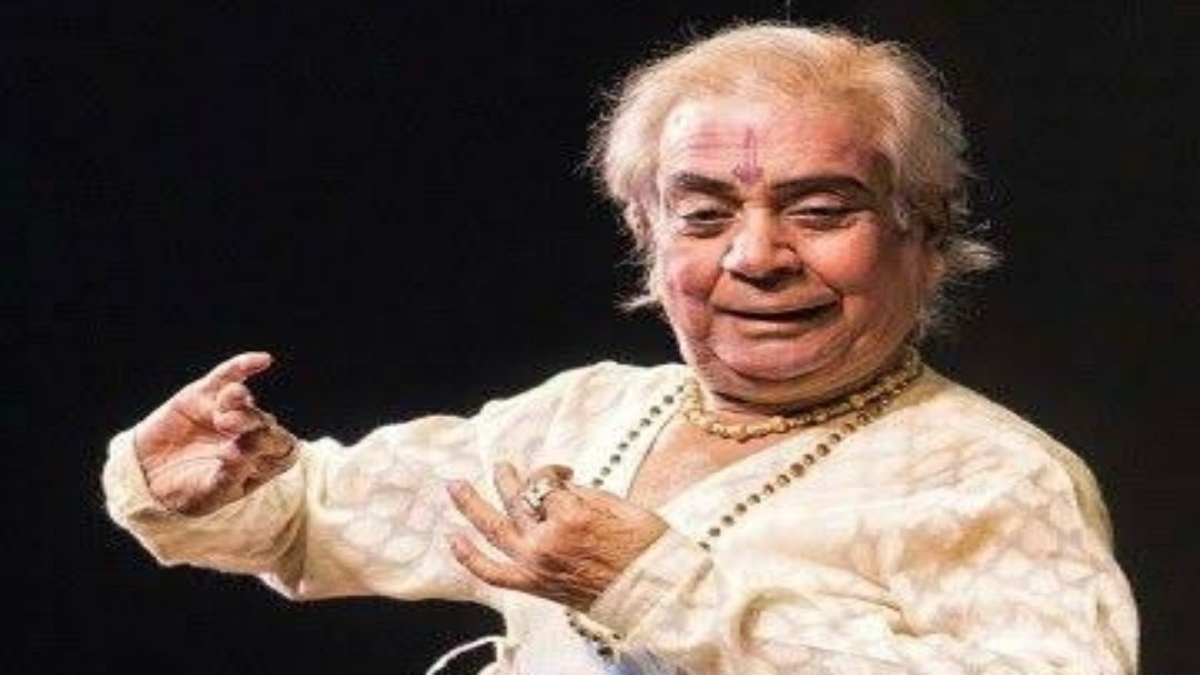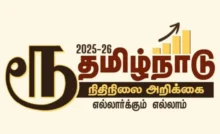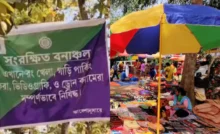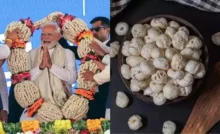Pandit Birju Maharaj was arguably the greatest exponent of Kathak dance of his generation. Born as Brijmohan Nath Mishra, he inherited Kathak in his genes and grew up in the house of Kathak maestros such as his father and guru Pt Jagannath ‘Achhan’ Maharaj and uncles Pt Shambhu Maharaj and Pt Lachhu Maharaj. He added fascinating elements of ‘shringar’ and ‘abhinay’ to the illustrious legacy of Lucknow’s “Kalka-Bindadin gharana”.






Birju Maharaj had tremendous control on his footwork while dancing with agility. No doubt hundreds of tiny ghunghroos create a rhythmic sound. But with delicate execution, he could stop all other ghunghroos and produce the sound of a single ghunghroo! When a dozen dancers descended on the stage in dazzling dresses, dancing in unending circles as if in a trance, it presented an unforgettable spectacle.
He was a great story-teller and created dance ballets based not only on stories of Radha Krishna but a host of other subjects also. In fact, I met him for the first time at Ravindralay in Lucknow in 1975 where he was staging ‘Sham-e-Awadh’, an evening of the courts of the Nawabs of Awadh, which was a huge hit. He was a great choreographer who made Madhuri Dixit dance to his tunes in ‘Devdas’ and deservingly won Filmfare’s Best Choreographer award for Kamal Hassan’s ‘Vishwaroopam’ & Sanjay Leela Bhansali’s ‘Bajirao Mastani’.
Birju Maharaj was also associated with Satyajit Ray’s ‘Shatranj Ke Khiladi’ for dance sequences. Under his direction, his senior most and ablest disciple Saswati Sen, who has now grown up to be a guru in her own right, presented ‘Romeo Juliet’ in Kathak style in Glasgow, UK. For years, Birju Maharaj and Saswati made a fetching and graceful pair on the stage.
In 1984, when I was serving in Syria, a dozen of his disciples, including his sons Deepak and Jaikishan Maharaj, nephew Ram Mohan and favourite disciple Durga Arya, presented Kathak dance performances. In Damascus, when Durga Arya danced in 73 non-stop circles, the whole hall was in a frenzy. She was later presented with an embroidered ‘chaddar’ as a mark of appreciation.
In 1988, I met Birju Maharaj at the Bharatiya Vidya Bhawan in London at an event where Prince Charles, who had succeeded Lord Mountbatten as the Patron of the Bhawan, was also present.
In 2001, he came to our residence in Chicago along with Saswati Sen and endeared himself to everyone with his disarming simplicity and unassuming nature. He treated me like his younger brother and seldom said ‘no’ to my demands on his time. It was my tribute to him that the back cover of my coffee-table book “In the Minds of the Maestros” carried only Birju Maharaj’s picture. He released this book along with Dr Karan Singh at Ravi Shankar Centre in Chanakyapuri, Delhi, in the presence of Dr Sonal Mansingh.
In 11 years of the existence of Indo-American Friendship Association (IAFA), he appeared in several of its panel discussions such as “Kabira Kharayat Bazaar Mein” at India International Centre (IIC), “Remembering Gurudev Rabindranath Tagore” at Nehru Memorial Museum and Library (NMML) and “Pt Ravi Shankar, 90 Not Out” at Islamic Culture Centre, all in Delhi.
He and his disciples participated in IAFA’s musical soirée “Vasudhaiva Kutumbakam” at The Instituto Cervantes, Delhi. In 2019, a total of 24 artists from his ‘Kalashram’ participated in IAFA program, in association with the American Embassy, “An evening of Indian Kathak & American Jazz” which was also attended by the American Chargé d’affaires (CDA) MaryKay Carlson at Stein Hall in India Habitat Centre, Delhi.
Courteous to a fault and a man of a few soft-spoken words, he was a pleasing singer in Hindustani style. He could sing Thumris for hours. Though he was honoured with the country’s second highest civilian award Padma Vibhushan, Sangeet Natak Award, Kalidas Samman and dozens of other prestigious awards as well as two honorary doctorate degrees to his credit, it was the boundless love of his fans and admirers that he valued the most.
An outstanding artist of his stature should have been nominated to the Rajya Sabha long back and the Ministry of Culture should have offered him a decent accommodation for life. A ‘D-II’ type accommodation at Pandara Park provided to him certainly wasn’t appropriate for his stature and calibre.
He was the unofficial ‘cultural ambassador’ of India for over 60 years who enthralled thousands of connoisseurs of Indian classical dance in India and abroad. Maharaj was a Kathak legend who also produced dozens of dancers at ‘Kathak Kendra’ as well as at his own Kalashram. Now, several of his disciples have been teaching dance at their own institutes as is the case with Shovana Narain. Without Pt Birju Maharaj, the Kathak world will never be the same again. May his soul rest in peace!
The Author is a former Indian ambassador




